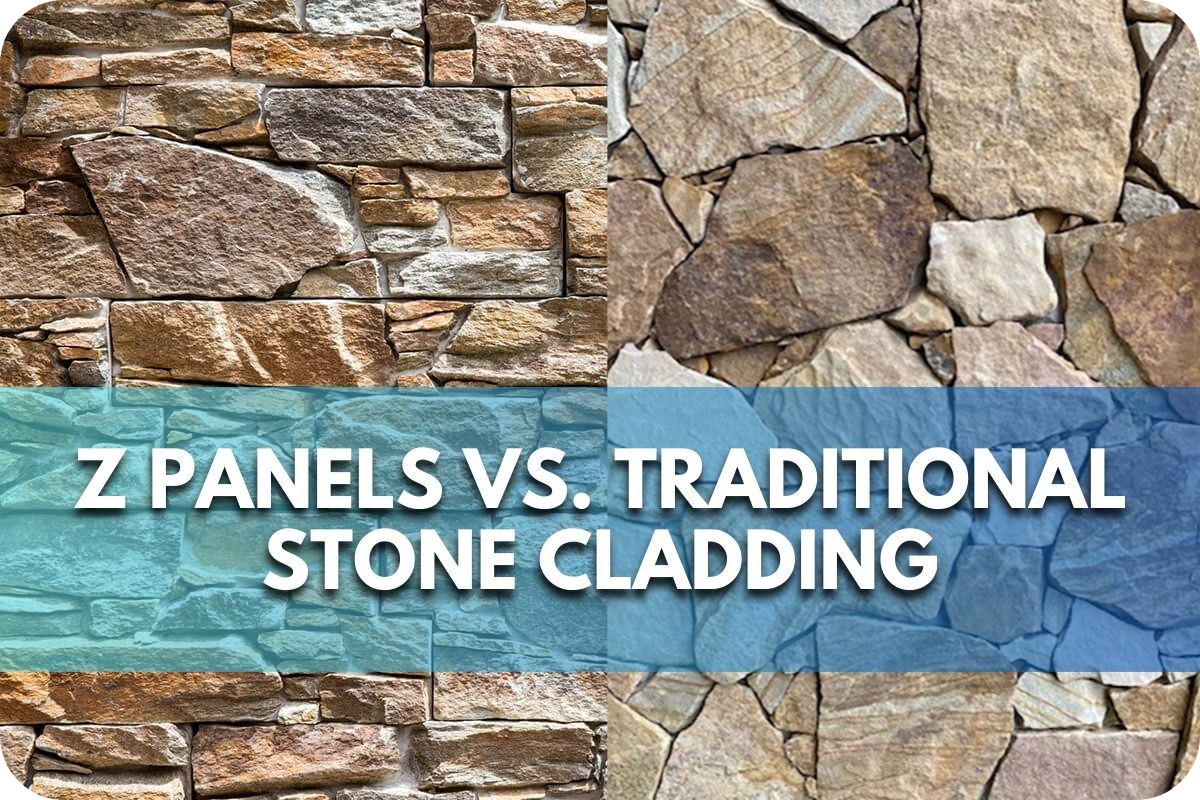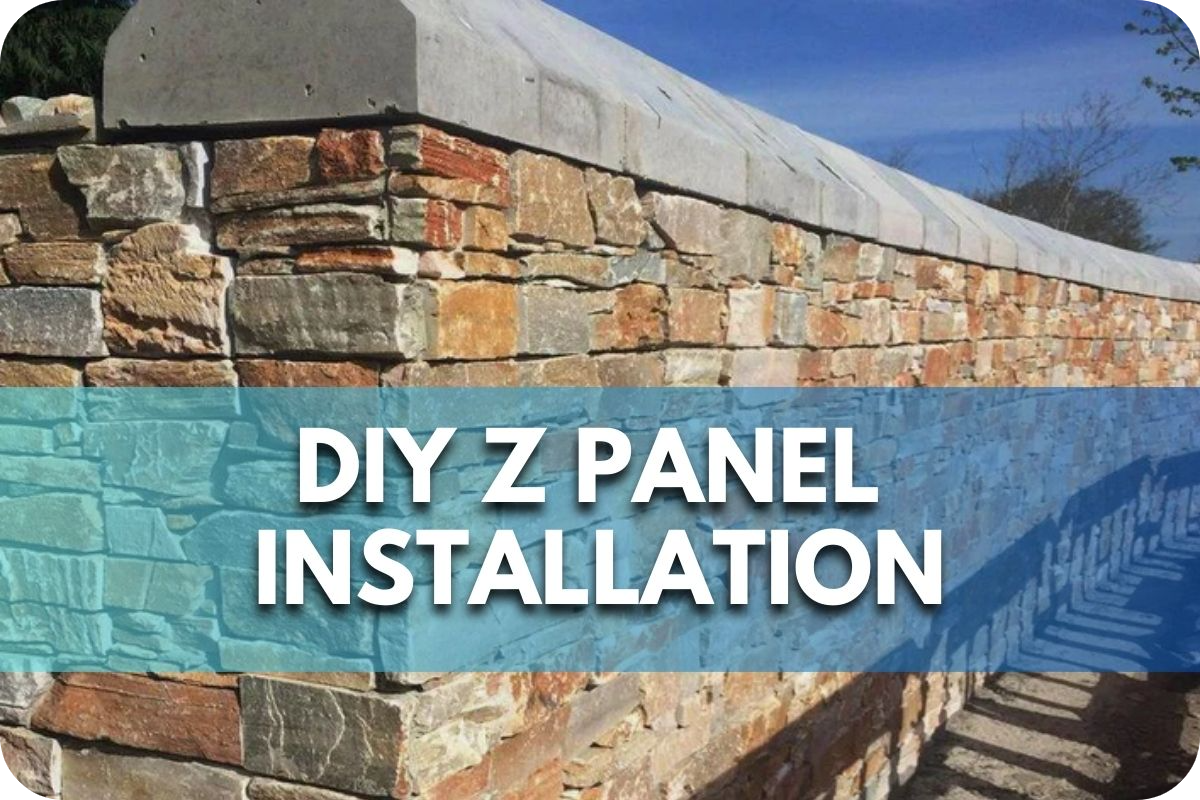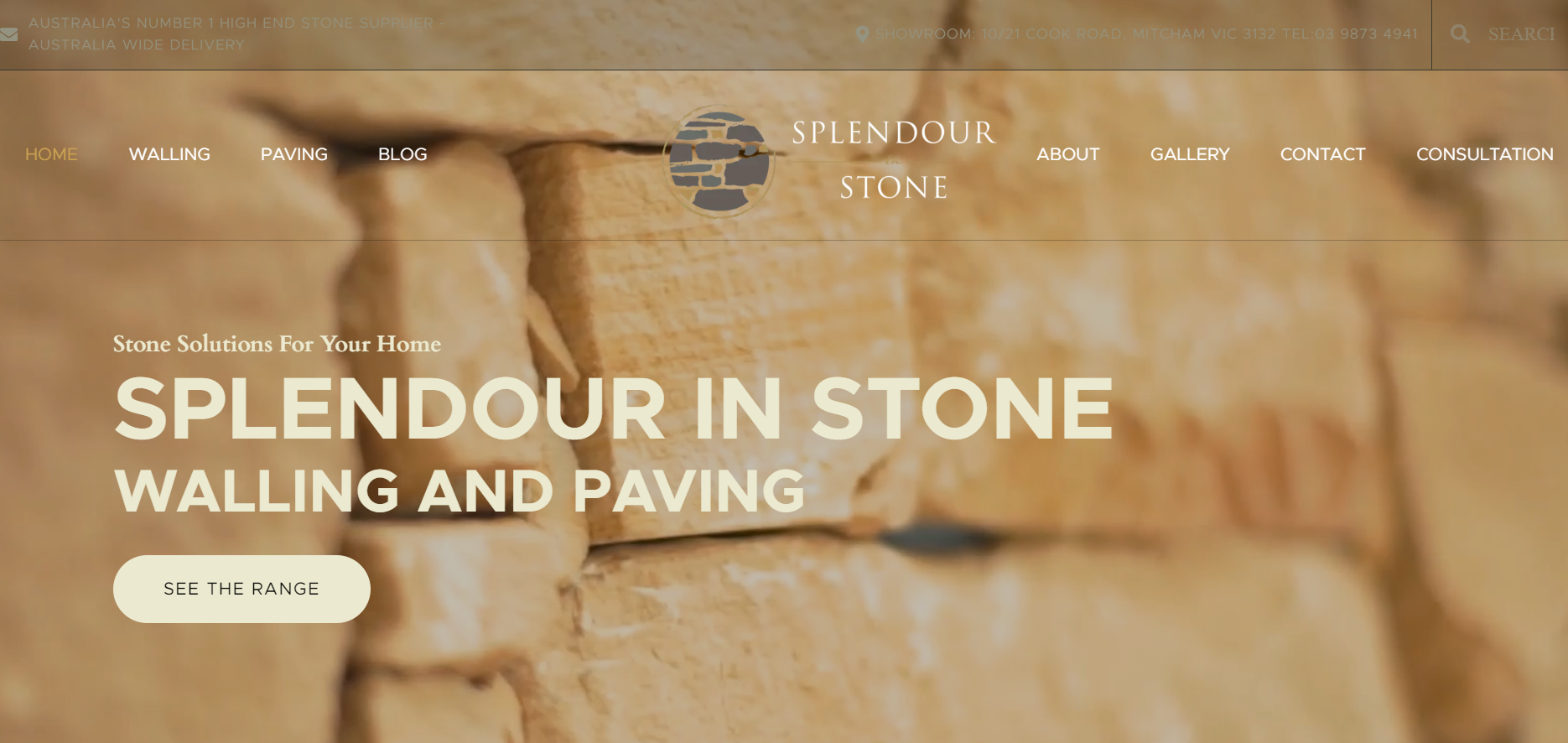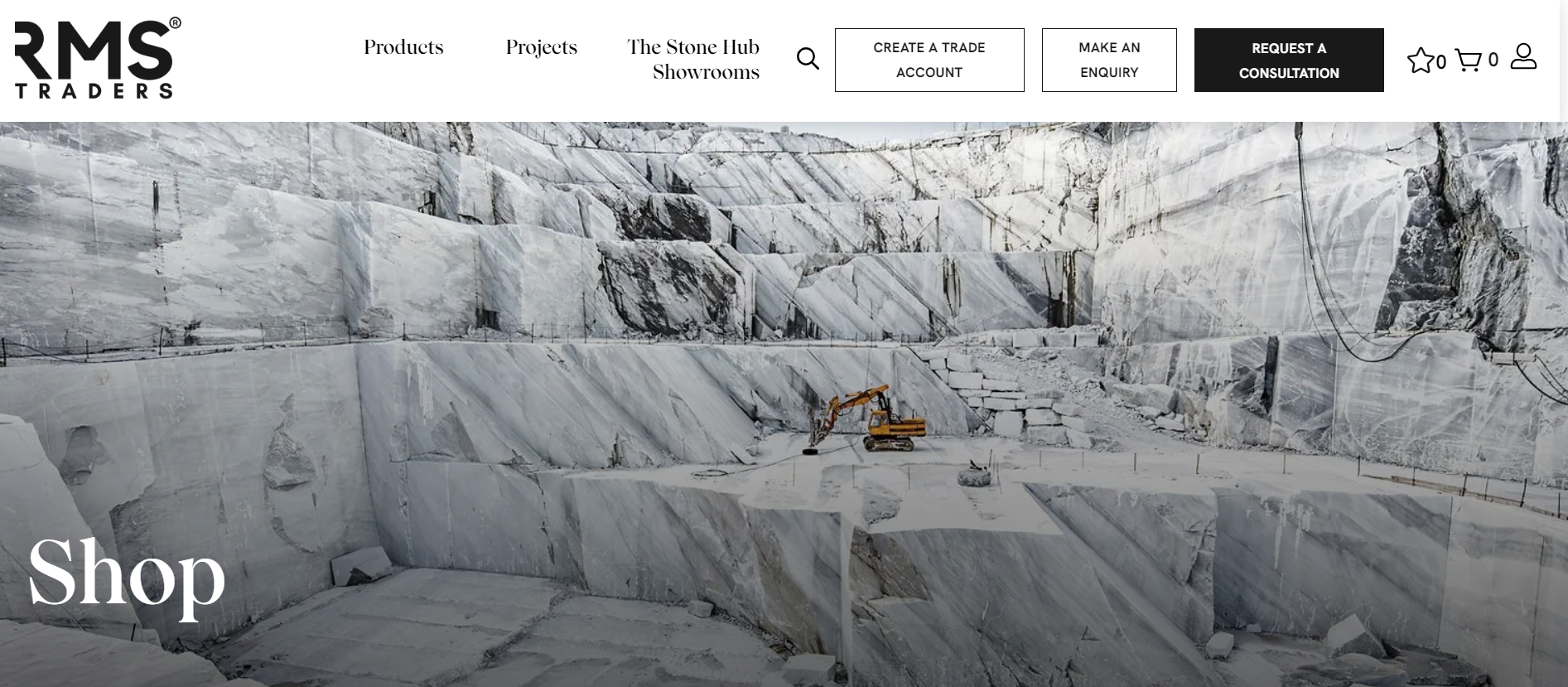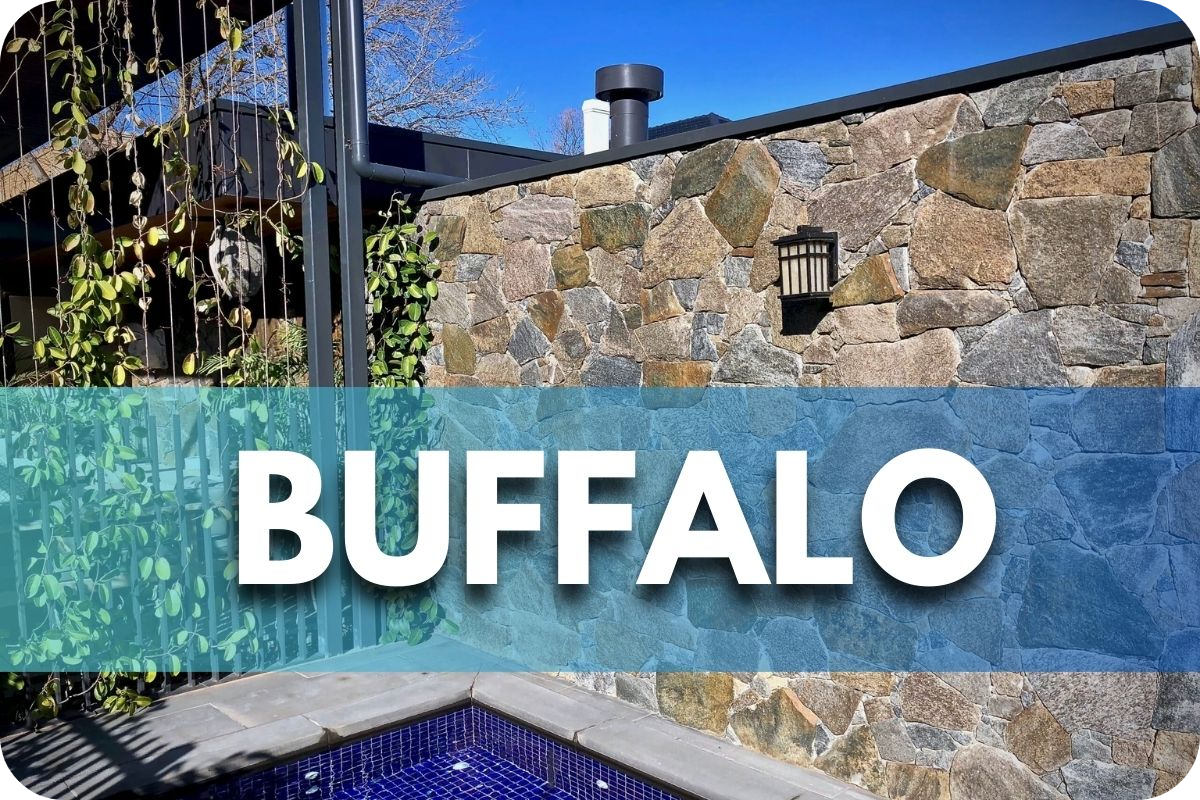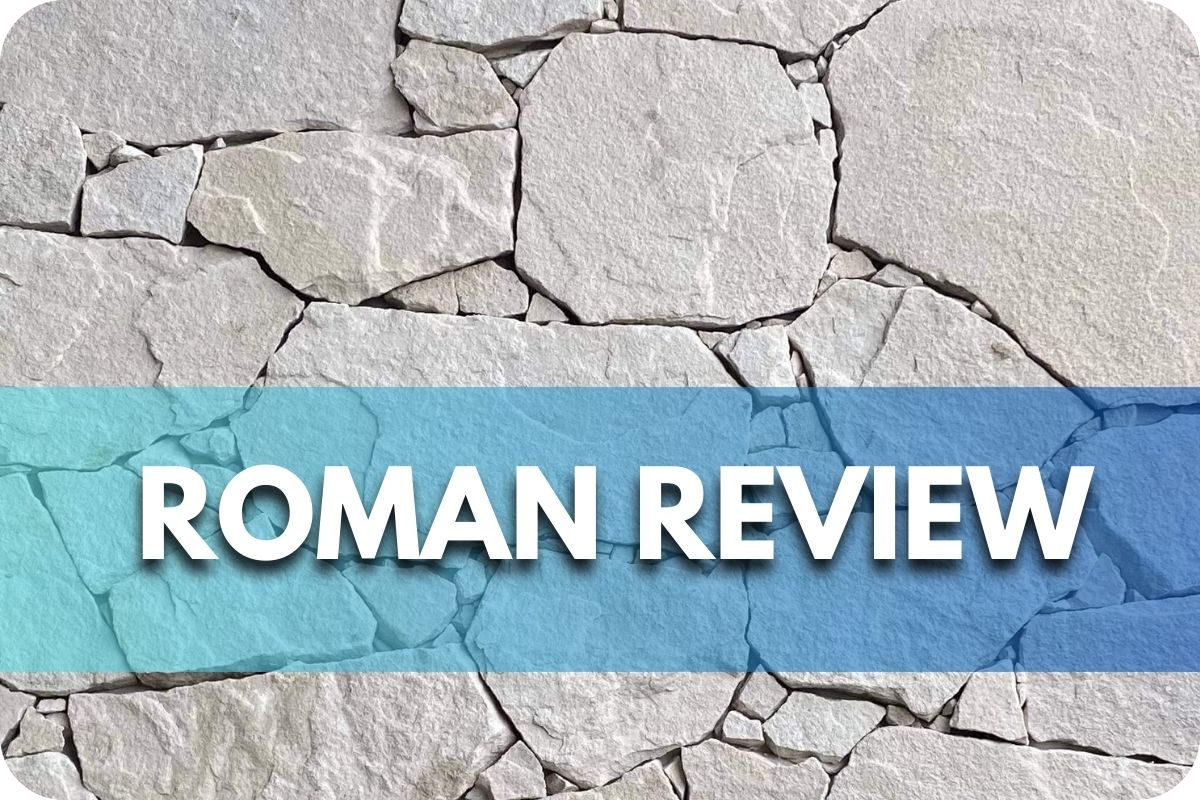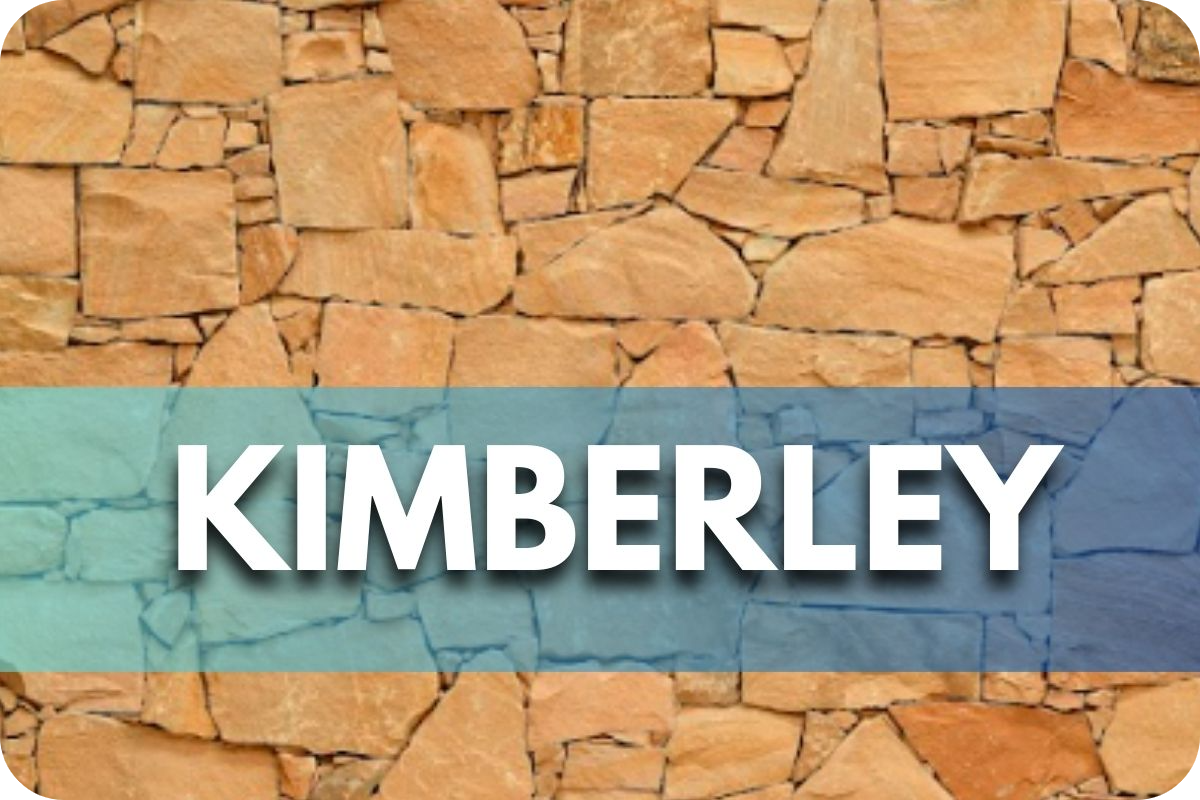Z Panels: A Comprehensive Guide to This Innovative Wall System
Plain, boring walls leave your space feeling uninspired and lacking character. Traditional wall coverings can be expensive and time-consuming to install.
You want a wall solution that adds visual interest and a touch of natural beauty without breaking the bank or requiring complex construction.
Z Panels offer a revolutionary wall system that combines the elegance of natural stone with ease of installation and affordability.
What are Z Panels?
What are Z Panels?
- Z Panels are prefabricated interlocking panels that feature natural stone pieces mounted onto a durable cement backing. Their unique Z-shaped design allows for seamless joining, creating the illusion of a traditional dry-stacked stone wall.
Construction and Installation
- Z Panels streamline the process of adding stone to walls. Individual stones are pre-arranged into the desired pattern, eliminating the need for tedious hand-laying of each piece. Installation is as simple as securing the panels directly to your wall substrate using screws and suitable adhesive.
Common Materials
Z Panels offer a variety of colours and textures to suit different design aesthetics:
- Quartzite: Prized for its shimmery appearance and durability.
- Slate: Known for its distinctive layered texture and variety of shades.
- Granite: Offers a timeless look with a speckled pattern and a range of colours.
What Makes Z Panels Innovative
Interlocking Design
- Z Panels revolutionise stone installation with their cleverly designed Z-shaped profile. This allows them to interlock seamlessly, eliminating the need for mortar. This translates to a much faster and cleaner installation process accessible to DIYers and professionals alike.
Material Options
Z Panels cater to diverse preferences and budgets:
- Natural Stone: Offers timeless beauty, unique patterns, and unmatched durability.
- Manufactured Stone: Lightweight and more cost-effective alternative, offering convincing textures and colours to simulate natural stone.
Efficiency
- Z Panels greatly simplify the process of achieving a statement stone wall. With the Z-shape system and pre-arranged stones, you skip the time-consuming steps of mortaring and laying individual stones. This saves significant time and potential labour expenses, making a beautiful stone feature more attainable for any project.
Benefits of Z Panels
Durability and Longevity
- Whether you choose natural or manufactured stone, Z Panels are built to last. The stone elements are incredibly resilient to weathering and everyday wear. Additionally, their secure attachment system minimises the risk of pieces coming loose over time.
Versatility
- Z Panels adapt to various design styles and applications. Indoors, use them for accent walls, fireplace surrounds, or even kitchen backsplashes. Outdoors, they elevate facades, retaining walls, and outdoor features. The diverse colours and textures offer a suitable option for nearly any aesthetic.
Energy Efficiency
- Z Panels contribute to improved insulation, especially when used on exterior walls. The stone and backing material add a layer of thermal mass, helping to regulate temperatures and potentially reduce heating and cooling costs.
DIY-Potential
- Their hassle-free installation makes Z Panels an excellent choice for DIY enthusiasts. No mortar mixing or complex stone-laying is required. Many homeowners can confidently tackle Z Panel projects with basic tools and instructions.
Aesthetic Appeal
- Z Panels effortlessly capture the timeless elegance of stacked stone. Their authentic textures and rich colours bring a touch of natural luxury and dimension to any space. You create a high-end look without the complexity or expense of traditional stone masonry.
Applications of Z Panels
Indoor Applications
- Feature Walls: Create a stunning focal point in any room with a Z Panel feature wall. Their texture and colour inject visual interest and warmth into living rooms, bedrooms, and entryways.
- Accent Walls: Use a contrasting Z-panel design to emphasise architectural details like fireplaces, built-in shelving, or even a kitchen backsplash.
- Partitions: Z Panels offer a stylish solution for defining spaces within an open floor plan. Create a semi-private room divider or a unique backdrop for furniture.
Outdoor Applications
- Facades: Transform plain exterior walls into visually striking features. Z Panels are perfect for entire facades or as an accent to enhance entryways or specific architectural details.
- Garden & Boundary Walls: Elevate retaining walls, garden dividers, or boundary walls with the beauty of Z Panels, adding a touch of sophistication to your landscape.
Commercial Applications
- Office Buildings: Create a welcoming lobby or incorporate natural elements into workspaces with a Z Panel feature wall.
- Retail & Hospitality: Add textural interest to storefronts, reception areas, or restaurants with the timeless elegance of stacked stone.
Types of Z Panels
Overview of Types
Z Panels cater to a wide range of styles and needs:
- Natural Stone: Options include quartzite, slate, granite, and more, each offering distinct colours, textures, and unmatched durability.
- Manufactured Stone: Offers a realistic imitation of natural stone with a lighter weight and often more budget-friendly price point.
- Sizes: Z Panels come in various sizes to suit different projects, from small accent areas to large-scale installations.
- Colours & Textures: Select from a vast array of natural hues and finishes, ranging from smooth and polished to rough-hewn for a more rustic feel.
Considerations for Selection
- Style: Choose a Z Panel that aligns with your overall design aesthetic. Consider the formality, colour palette, and textures of your space.
- Application: Indoor panels have fewer weather resistance requirements compared to those intended for exteriors.
- Budget: Natural stone Z Panels are generally more expensive than manufactured ones. Evaluate what fits your project budget.
- Maintenance: Natural stone may require occasional sealing, while manufactured stone generally requires less maintenance.
Installation Process
Preparing the Surface
- Clean and Smooth: Ensure your wall surface is clean, dry, and free from loose debris or unevenness.
- Suitable Substrate: Z Panels can be installed over most common wall substrates, including drywall, concrete, or plywood.
Attaching Z Panels
- Adhesive: Apply a suitable adhesive to the back of each Z Panel following the manufacturer’s instructions.
- Mechanical Fasteners: For heavier panels or exterior applications, consider using screws or other mechanical fasteners in addition to adhesive for extra security.
- Interlocking Design: Start at a corner and carefully interlock each Z Panel as you build outwards, ensuring they’re level and evenly spaced.
Finishing Touches
- Sealing Joints: For exterior applications or areas prone to moisture, it’s recommended that any gaps between panels be sealed with a suitable waterproof sealant.
- Cleaning: Wipe away any excess adhesive or sealant with a damp cloth for a clean finish.
Maintenance and Care
Cleaning & Maintenance
- Regular Dusting: Light dusting with a soft cloth or duster will help prevent dirt buildup on indoor and outdoor Z Panels.
- Gentle Cleaning: Use a mild soap and water solution, wiping with a soft cloth for deeper cleaning. Avoid harsh chemicals or abrasive cleaners.
- Sealing: Natural stone Z Panels may benefit from occasional resealing (check manufacturer’s recommendation) to enhance stain resistance, especially in high-moisture areas.
Protection
- Avoid Impacts: Do not hit Z Panels with hard objects, as this could chip or crack stone elements.
- Indoor Considerations: Use coasters for drinks and felt pads under furniture placed near Z Panels to prevent scratches.
- Outdoor Considerations: In freeze-thaw climates, ensure proper water drainage behind the panels to prevent potential damage.
Everyday Issues
- Stains: Address stains promptly by blotting and cleaning with the recommended methods.
- Loose Panels: Reattach loose panels using the original method (adhesive or fasteners).
Check out caring for Z panels
Cost Considerations
Factors Influencing Cost
- Material: Natural stone Z Panels are generally more expensive than those made from manufactured stone.
- Size & Complexity: Larger panel sizes and intricate designs can increase costs.
- Installation: Professional installation adds to the overall cost. DIY installation can save significantly on labour.
- Location: Prices may vary based on regional material availability and contractor rates.
Cost Comparison
- Z Panels are a middle ground between other cladding options. They often offer a more cost-effective solution than traditional stone masonry, which requires more skill and labour. However, they may be slightly pricier than basic materials like vinyl siding.
Budgeting Tips
- Get Quotes: Obtain multiple quotes from suppliers and installers (if applicable) for price comparison.
- Prioritise: Consider using Z Panels as accent features rather than covering entire walls to manage costs.
- DIY Potential: If you are confident in your skills, DIY installation can offer significant cost savings.
- Calculate: Factor in the long-term durability of Z Panels, potentially reducing the need for future replacements or repairs.
Sustainability and Eco-Friendliness
Environmental Benefits
- Natural Stone: When responsibly sourced, natural stone is a highly durable material with a long lifespan. It minimises the need for replacements and reduces waste over time.
- Reduced Transport: Some Z Panel manufacturers prioritise local sourcing of materials, lowering the carbon footprint associated with transportation.
- Energy Efficiency: Z Panels can contribute to improved insulation, potentially reducing energy consumption for heating and cooling.
Sustainable Manufacturing
- Recycled Content: Certain manufacturers incorporate recycled materials into the manufacturing of stone Z Panels.
- Waste Reduction: The prefabricated nature of Z Panels can help minimise waste from cutting and fitting individual stones.
Responsible Sourcing
- Research: Look for manufacturers to be transparent about their sourcing and production practices.
- Certifications: Some natural stone suppliers may have certifications verifying sustainable quarrying methods and ethical labour practices.
Where to Buy Z Panels
- When purchasing Z Panels, Splendour In Stone is the premier supplier and installation company. However, beyond specialised suppliers like Splendour In Stone, Z Panels can also be found at various stone suppliers, building stores, and online retailers.
- Stone suppliers often carry a range of Z Panels, particularly those made from natural materials like marble or granite. Building stores typically offer a selection of Z Panels alongside other construction materials, providing convenience for DIY enthusiasts and contractors alike.
- Online platforms widen the scope of options, allowing for easy comparison of prices, styles, and specifications from the comfort of your home or office. Whether you prefer the hands-on experience of browsing in-store or the convenience of online shopping, numerous avenues exist for acquiring Z Panels to suit your project needs.
Conclusion
Z Panels offer a striking blend of beauty, durability, and installation ease, making them an ideal choice for diverse projects.
If you seek to transform your space with the timeless elegance of stone, explore the world of Z Panels!
Their continued innovation and growing popularity promise exciting possibilities for the future of wall design.


